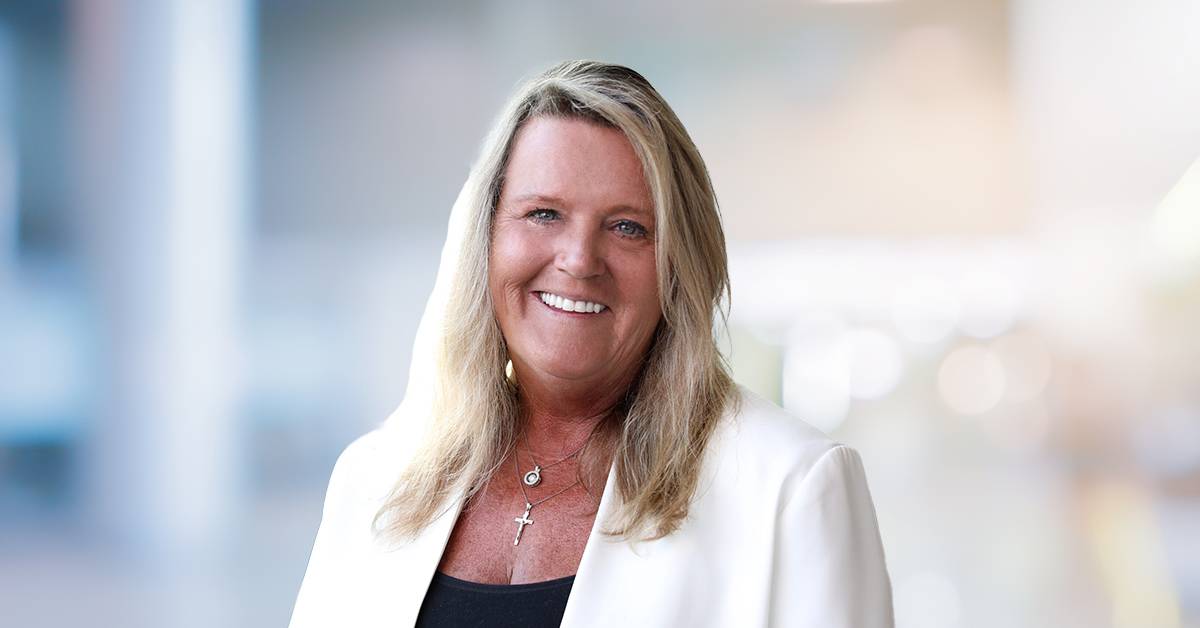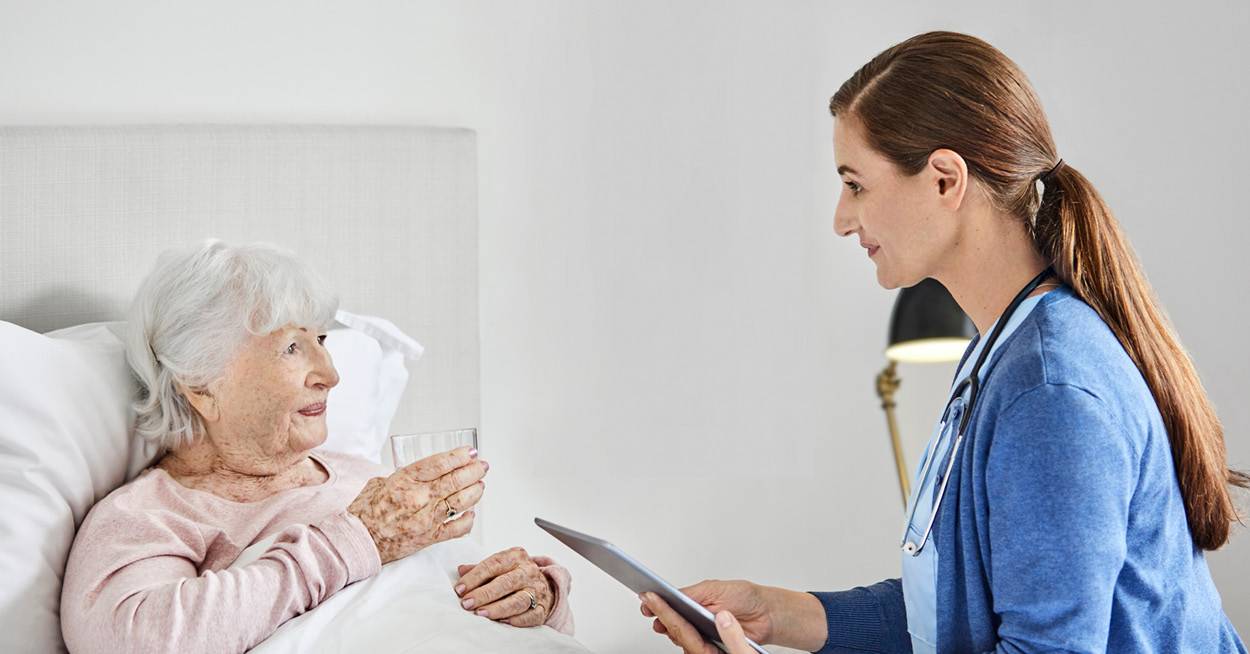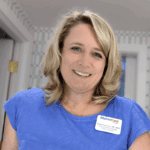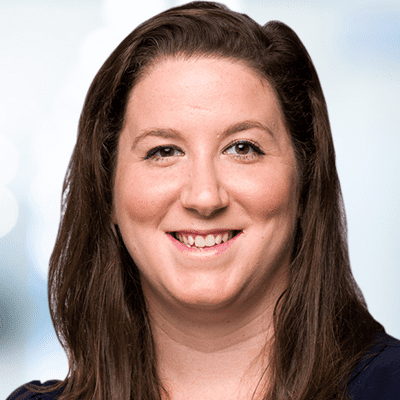- Solutions
- Solutions
- Home Health
- Hospice
- Life Plan Community
- Palliative Care
- Private Duty
- Senior Living
- Skilled Nursing
- Skilled Nursing
- Skilled Nursing Software
- Advanced Insights
- Customer relationship management
- Data and analytics
- Financial & operations management
- Marketing
- Nutrition management
- Referral management
- Regulatory compliance
- Retail management
- Resident engagement
- Revenue cycle management
- Skilled nursing interoperability
- Partners
- Blogs
- Resources
- About
- User Conference

3 big problems with remote patient monitoring (RPM)
During the COVID pandemic in 2020, remote patient monitoring (RPM) tools became an important way to monitor and help patients remotely in home-based care. Organizations are now looking to see if RPM was as beneficial to patients and cost effective as they originally thought.
RPM has long been touted as a means of reducing rehospitalization, catching issues early and avoiding more expensive outcomes, as well as driving patient engagement and adherence. Numerous studies, however, have concluded that the benefits are marginal and the end result can be more expensive.
In this blog, we explore the value — and the downsides — of RPM.
Where’s the value in remote patient monitoring solutions?
In home health, the objective of RPM has often been to inform the caregivers of possible issues or deterioration in a patient’s condition so they can proactively engage in hopes of avoiding readmission or ER visits and keep the patient under service.
Additional benefits of RPM include the notification of non-professional caregivers (family, neighbors, close personal friends) of any concerns, which can be done through a virtual check-in feature.
When combined with AI, RPM promises to provide helpful insights to home health agencies as they seek to prioritize patient visits. The use of intelligent tools in these technologies can improve overall efficiencies and caregiver-patient ratios by focusing on the patients who are most in need — while ensuring all patients receive the highest-quality care.
While there are clear benefits of RPM, here are three big problems with this technology in home-based care:
1. Who pays for RPM?
During COVID, remote monitoring and telehealth received broader use. But as the pandemic receded and the cost benefits came into question, billing abuses have risen and use has fallen.
2. The complexity of existing systems
RPM systems often require installation and training on how to use it and how to take daily measurements.
3. High cost of equipment
When service comes to an end, typically within two to three months, the equipment needs to be collected, returned, refurbished and redeployed.
The collective cost of the equipment, training, collection and redeployment often offsets the benefits — particularly for home health, where the duration of the episode of care is shorter.
Our unique approach to remote patient monitoring software
MatrixCare’s approach is to use both remote monitoring and subjective information that largely operates autonomously to collect information. Leveraging population-level data, we seek to proactively identify potential patient risks, allowing caregivers to engage earlier and when needed.
Connect with us today to explore the right RPM for your business.
See what MatrixCare can do for you
Tim Smokoff
Tim is the General Manager, Home Health and Hospice, at MatrixCare. He is a seasoned healthcare leader, keenly focused on advancing data-driven technology solutions, driving operational excellence, and fostering strategic innovation. Building on more than 25 years of extensive success leading software operations, Tim guides the overall strategic direction and operational execution of MatrixCare's Home Health and Hospice business vertical.
Related Posts


See MatrixCare in action
Start by having a call with one of our experts to see our platform in action.
MatrixCare offers industry-leading software solutions. Thousands of facility-based and home-based care organizations trust us to help them improve efficiency and provide exceptional care.
© 2025 MatrixCare is a registered trademark of MatrixCare. All rights reserved.






